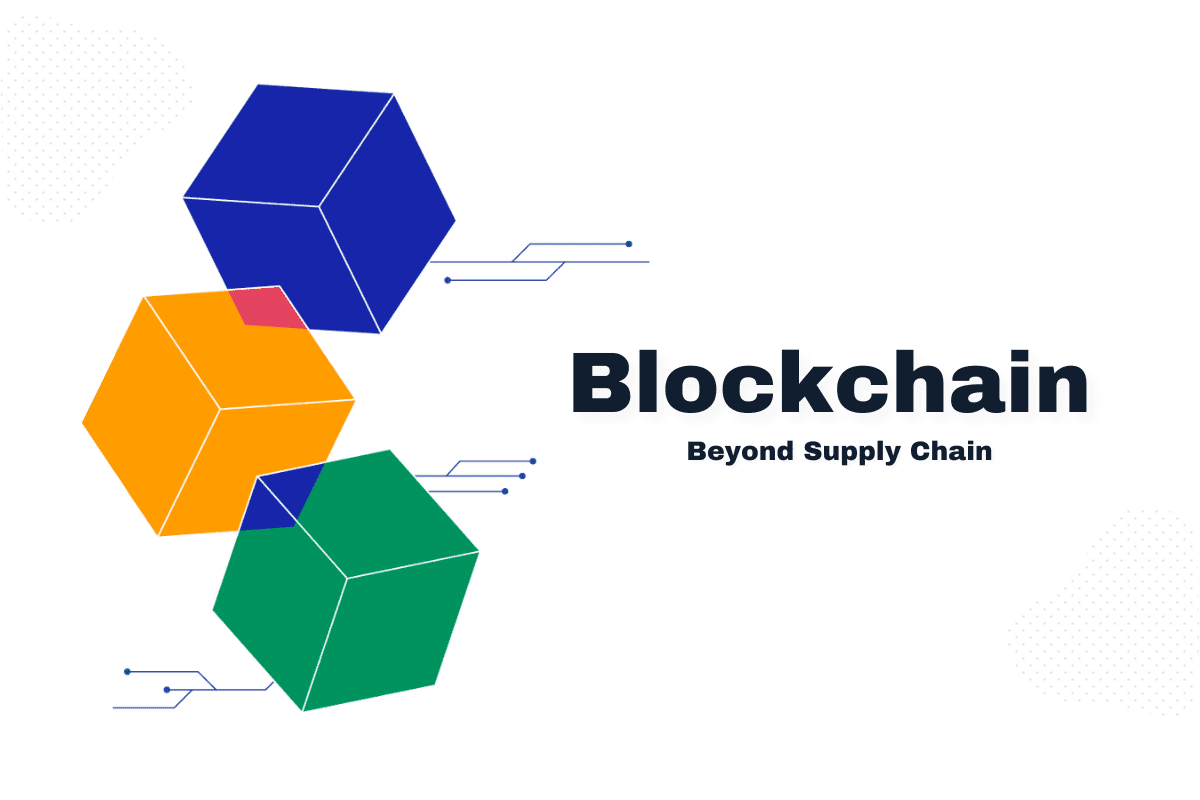Introduction: Welcome to the realm of blockchain technology, where decentralization and transparency reign supreme. In an era marked by growing concerns over data security and centralized control, designing and deploying a decentralized blockchain application offers a glimpse into the future of digital innovation. This article serves as your compass, guiding you through the intricacies of creating your very own decentralized blockchain application. From understanding the fundamental principles to crafting an intuitive user experience, prepare to embark on a journey that will empower you to reshape industries and revolutionize the way we interact and transact.
Section 1: Understanding the Basics of Blockchain Technology
To embark on this journey, it is crucial to grasp the fundamentals of blockchain technology. Blockchain operates on a distributed ledger system, enabling secure and transparent transactions. Key concepts such as cryptographic hashing, consensus mechanisms, and smart contracts form the backbone of blockchain applications.
Section 2: Defining the Objective and Use Case
Before diving into the technical aspects, it is essential to define the objective and use case of your decentralized blockchain application. Clearly outline the problem you aim to solve and identify how blockchain’s decentralized nature can bring value to your solution. This step sets the foundation for designing the application.
Section 3: Designing the Architecture
Designing the architecture of your decentralized blockchain application requires careful consideration of various components. From choosing the appropriate blockchain platform and consensus algorithm to designing the data structure and implementing smart contracts, each decision influences the overall functionality and scalability of your application.
Section 4: Developing and Testing the Application
Once the architecture is defined, it’s time to start developing the application. Adopting an agile development approach can help streamline the process. Write clean and modular code, utilizing industry-standard programming languages and frameworks. As you progress, rigorous testing is essential to identify and fix any bugs or vulnerabilities.
Section 5: Deploying the Application on the Blockchain Network
Deploying a decentralized blockchain application involves configuring and launching the application on the chosen blockchain network. It requires setting up nodes, establishing connectivity, and deploying smart contracts. Ensure proper security measures are in place, such as encryption and access controls, to safeguard the application and user data.
Section 6: Enhancing User Experience and Interface
A well-designed user interface is critical for adoption and usability. Focus on creating an intuitive and user-friendly interface, providing clear instructions and visual cues. Incorporate appropriate transition words to guide users through the application’s features and functionality.
Section 7: Ensuring Scalability and Maintenance
As your decentralized blockchain application gains traction, scalability becomes paramount. Continuously monitor the application’s performance, optimize code, and explore options for scaling horizontally or vertically. Regular maintenance and updates are crucial to address bugs, and security vulnerabilities, and to stay aligned with evolving industry standards.
Conclusion: As we conclude this voyage into the realm of decentralized blockchain applications, you now possess the knowledge and insights needed to embark on your transformative journey. By embracing the power of blockchain technology, you hold the key to unlocking a future where trust, security, and efficiency intertwine. Remember, designing and deploying a decentralized blockchain application demands meticulous planning, agile development, and constant adaptation. With your dedication and passion, you have the potential to redefine industries, drive innovation, and shape a world where decentralization empowers individuals and communities. Embrace the opportunities that lie ahead, and may your blockchain application leave an indelible mark on the ever-evolving landscape of technology.




